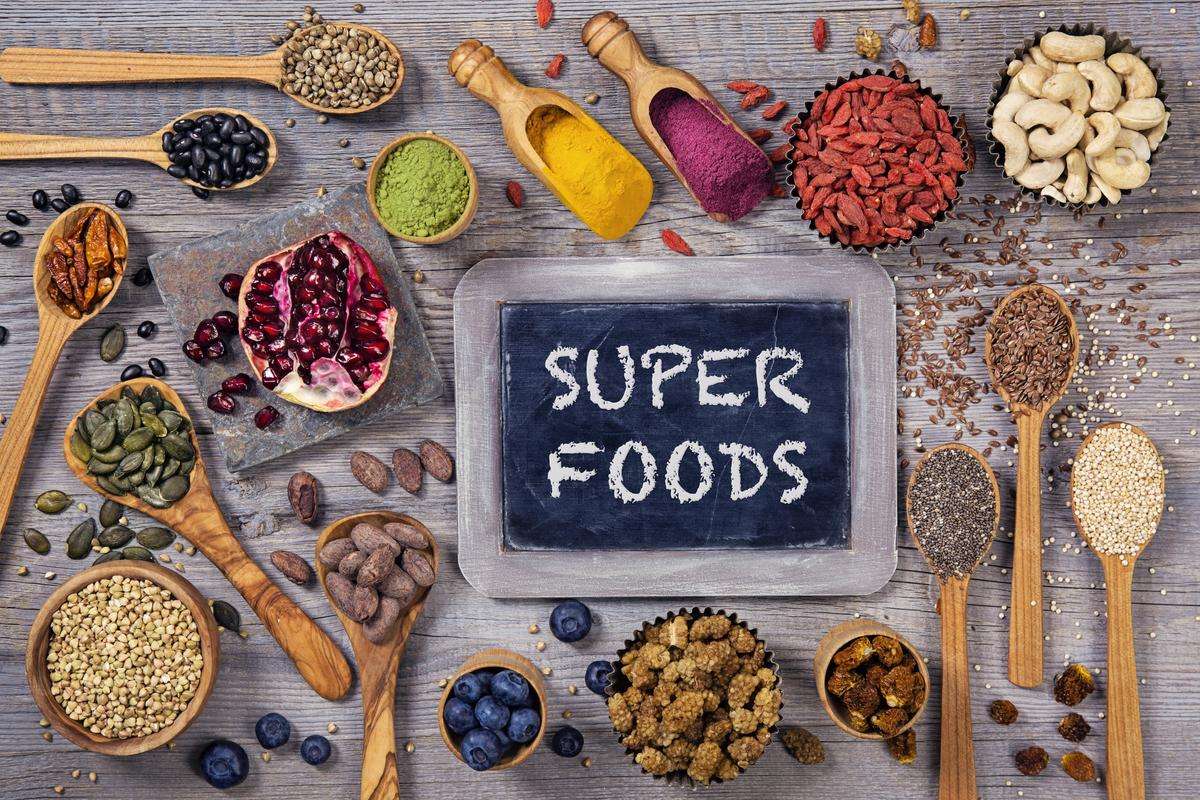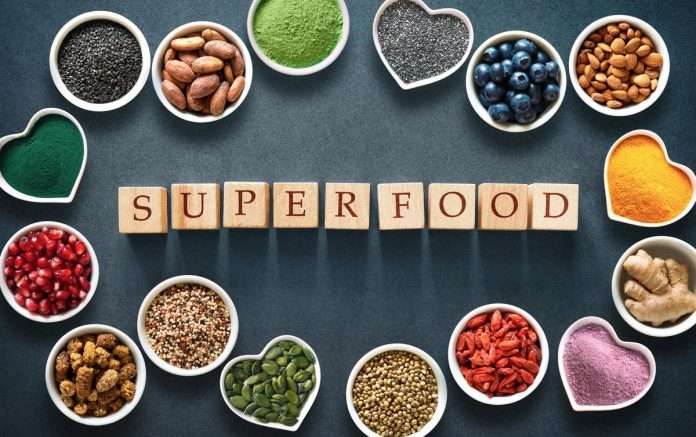In the world of nutrition, there’s a buzz around the concept of “superfoods.” These are often hailed as the ultimate solution to maintaining optimal health, with claims of cancer prevention and treatment thrown into the mix. However, it’s crucial to debunk the myth of superfoods and understand what they truly represent.
The misconception surrounding superfoods often revolves around their supposed ability to single-handedly prevent or treat serious illnesses. It’s important to stress that no single food, no matter how nutrient-packed, can replace proper medical care or act as a magic cure for diseases. The belief that consuming superfoods alone can stave off ailments is a misconception that needs correction.
First and foremost, let’s clarify that there’s no official definition for superfoods. The term is more of a marketing gimmick than a scientific explanation. While there are undoubtedly foods that are exceptionally nutritious and beneficial for your health, labeling them as “super” can be misleading.
When we think of superfoods, our minds often gravitate towards items like berries, renowned for their high antioxidant content. However, it’s essential to recognize that the term “superfood” is somewhat misplaced. There’s no clear-cut line distinguishing superfoods from regular, nutritious foods. It’s more about the nutritional values and their overall balance in your routine life.
Interestingly, the concept of superfoods isn’t entirely new. Back in the 1970s, there were what we might call the “superfoods of the day.” These included foods like pasta, which is now sometimes criticized for its gluten and carb content. Bran muffins, once considered a healthy choice, are now viewed differently, almost akin to small cakes. Even frozen yogurt, seen as a healthier alternative to ice cream in the ’80s and ’90s, is no longer the dietary hero it was once portrayed to be.
The world of superfoods has evolved, and new contenders have emerged. These often include items with names that are a mouthful to pronounce, such as turmeric or quinoa. Berries like goji berries have also gained superfood status. However, the fact that these foods are harder to pronounce doesn’t necessarily make them superior. It’s important to approach new superfoods with a critical eye.
The question arises: should you be consuming specific superfoods to ensure you’re getting the best nutrition? The answer is not necessarily. A well-rounded diet that includes a variety of foods like berries and healthy grains can provide you with the essential nutrients, antioxidants, and vitamins your body needs.
It’s crucial to debunk the false notion that solely relying on superfoods will guarantee your overall health. These foods can be part of a balanced diet, but they should not replace other vital aspects of healthcare. Eating an abundance of superfoods does not exempt you from the need for flu vaccines or routine cancer screenings, for example.
While superfoods can be nutritious and valuable components of a healthy diet, they are not miracle solutions to all health concerns. Optimal health is best achieved through a holistic approach that encompasses a balanced diet, regular exercise, and appropriate medical care. So, don’t fall for the hype – there’s no need to rely solely on superfoods to maintain your well-being.
What People Get Wrong About Superfoods

In the realm of nutrition, Kale fits the description of a superfood, even though there isn’t a strict scientific definition for this term. Superfoods are broadly recognized for their exceptional nutritional value, and Kale checks all the boxes. It’s versatile and can be added to salads and juices with ease. What’s more, it’s not only nutritious but also surprisingly delicious.
However, it’s worth noting that Kale’s superfood status has faced some skepticism. American researchers compiled a list of powerhouse fruits and vegetables based on specific nutrients, and Kale, surprisingly, didn’t make the top 10. Claiming the number one spot was Watercress, which might leave you wondering about the fuss over kale.
Dietitian Rosie Schwartz believes that the ranking system might be a bit misleading. While she acknowledges the benefits of Watercress, she emphasizes that Kale is indeed worthy of its superfood reputation. Nevertheless, she advises against going overboard with so-called “superfoods” and encourages a “balanced diet” rich in a variety of fruits and vegetables.
Schwartz also raises a crucial point: the concept of superfoods is often driven by marketing hype, which can sometimes exaggerate their benefits. In the world of fruits and vegetables, the key is to seek out less processed options. It’s important to recognize that the goodness of these foods isn’t necessarily found in processed Kale chips that claim to be healthy.
Superfood Health or Hype?

Many such restaurants in India are flourishing thanks to their commitment to providing a healthy alternative to fast food. Chefs have developed unique recipes that pack taste and nutrition, many of which are raw. These dishes not only look appealing but also offer a burst of nutrients. Customers appreciate the opportunity to enjoy satisfying and health-conscious meals, a refreshing departure from traditional fast-food options.
But as the demand for superfoods continues to rise, questions arise about their impact on the regions where these products are cultivated. Could this ever-increasing demand lead to the destruction of entire ecosystems? Concerns are mounting, with some experts warning of potential environmental disasters if changes aren’t made.
The Myth of Superfoods: Debunking the Hype
The superfood phenomenon has given rise to a booming industry, with Germany being no exception. Superfoods are big business, generating substantial revenue. Chia seeds, in particular, have soared in popularity, accounting for a significant portion of sales. However, consumers are left bewildered by the vast selection of superfoods available, often unsure of which ones to choose.
This confusion leaves them vulnerable to marketing tactics that promise miraculous health benefits. The superfood industry operates on the premise of faith – individuals searching for solutions to their health concerns are inclined to believe in the transformative power of these foods.
To make informed choices, it’s essential to scrutinize product labels. Some seemingly healthy superfoods, such as dried cranberries, can contain unexpectedly high sugar content, which may outweigh their nutritional advantages. For instance, a small bag of cranberries can contain nearly 25 grams of sugar, surpassing the World Health Organization‘s recommended daily intake.
Moreover, superfoods aren’t always as healthy as they may seem. While they may offer specific nutrients, they don’t necessarily provide a holistic solution to an unhealthy diet. Simply adding a small quantity of chia seeds to your daily intake won’t magically transform your health.
Instead of relying solely on imported superfoods, consumers should explore the nutritional benefits of local fruits and vegetables, which are often overlooked. These regional alternatives offer valuable nutrients and, in some cases, even surpass their exotic counterparts in terms of health benefits.
Additionally, it’s crucial to consider the source of superfoods. Some countries may have less stringent farming regulations, leading to concerns about pesticide and heavy metal contamination. Rigorous testing is necessary to ensure the safety of these products.
The superfood trend has far-reaching consequences for regions like Bolivia, where quinoa production has surged but raised sustainability concerns. Mechanized farming and the clearing of natural vegetation are altering the landscape, potentially leading to desertification.
Efforts to promote sustainable quinoa farming are underway, with a focus on maintaining soil quality, reforestation, and responsible cultivation methods. The hope is that consumer demand for sustainably farmed quinoa will drive positive changes in farming practices.
While superfoods offer attractive nutritional benefits, it’s essential to approach them with a discerning eye. Balance is key, and a well-rounded diet rich in local, minimally processed fruits and vegetables should remain the foundation of a healthy lifestyle. Moreover, considering the environmental impact of superfood cultivation is crucial to ensure a sustainable future for both consumers and the regions where these foods originate.


